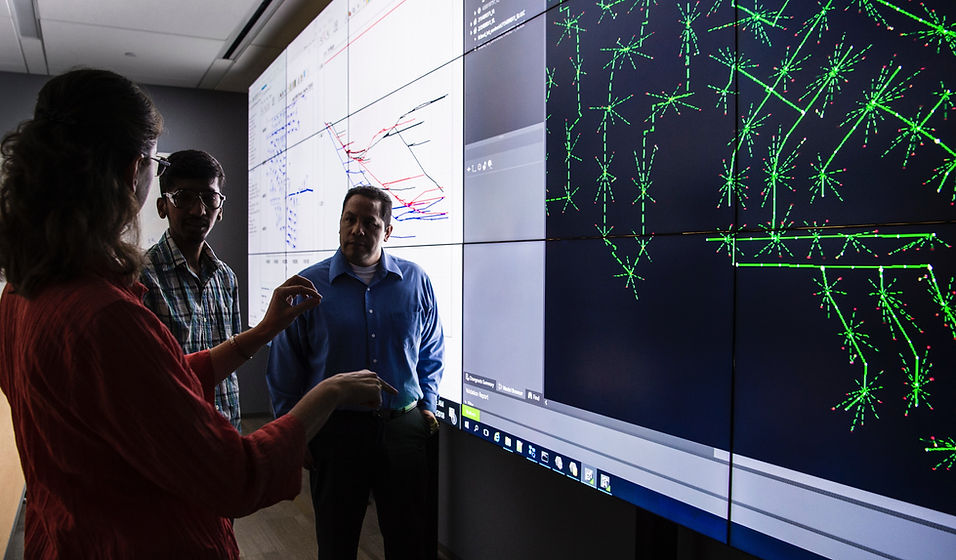
LEARNINGS FROM OUR RECENT ERP IMPLEMENTATIONS
Leading trading company in USA, selected Indusfin as its innovation partner to help implement ERP. To compete today, companies need to be nimble to meet changing customer demands and drive growth, which requires real-time data—something traditional ERP systems cannot accommodate. Many organizations have been reluctant to upgrade, but now face a “Y2K moment” that will require them to do so.
CEOs want to build customer-centric business models—nearly half (46 percent) are focused on it. However, the “frozen middle” of managers and directors often needs functional and process leaders to propel the transformation forward. Reluctance to change can slow down or sidetrack efforts. Making the business leaders (and not IT) accountable for processes is one way to drive adoption of new IT.
Facilitating an ownership mindset—by establishing process owners who are accountable for customer outcomes—provides clear lines of accountability for all aspects of process management (process, people, policy, systems).
When it’s time for ERP transformation, these process owners will be accountable for system configuration, implementation and adoption. Successful organizations will approach this as more than a system upgrade. They will extract maximum value from new technology by first understanding its potential impact on their operating model, processes and customers. They also will holistically transform end-to-end work streams to unlock a higher return on investment.
Rather than investing resources in activities that keep the lights on, companies must look at the activities that contribute to growth and reallocate resources accordingly. For example, one business found that in its sales process, 15 percent of the activities were driving growth while 85 percent were focused on either sustaining the core business or were transactional in nature.
Assessing processes through a lens of customer experience and growth will isolate the sources of complexity so that the business can “declutter” to realize the full value of the digital journey. Some businesses are doing this “journey mapping,” but it doesn’t put the customer journey in the context of end-to-end processes—uncovering impediments and tasking each process with providing real outcomes for customers by way of goods, services and experiences.
Once a business understands the full set of interdependent activities required to deliver a customer outcome, it can use analytics to review each through various lenses, such as number of systems, FTE allocation and critical path.
Some companies have transformed in pockets, which is disruptive to the business. Transforming holistically—and at one time—will enable lasting change. Here’s how:
> Set the vision, focus on the customer.
Align the C-suite on the drivers of profitable growth, the customer experience and the digital opportunity at hand; commit as a team to the desired path forward.
> Determine the outcomes and scope.
Identify the outcomes required to drive the growth agenda (marketing and sales force productivity, innovation, offering development, product and service delivery), then target those inputs and activities that determine these outcomes. Likewise, understand your true end-to-end cost to serve by each segment, channel, offering and customer type and determine where the true “working money” resides.
> See the world on a page and prioritize plans.
Assess a comprehensive set of cross-functional inputs and activities to prioritize transformation opportunities (spanning people, process, policy and systems) that can enable the strategic agenda and improve the customer experience.
> Establish governance.
Shape the up-front infrastructure of leaders accountable for end-to-end business processes and customer experience. Use the same governance infrastructure during the execution of process transformation to maximize business ownership of ultimate accountability of its results.
>Measure progress. Quantify the advances made across processes to set the bar for continuous improvement.
This is a unique opportunity to not only upgrade, but to transform, your ERP system to deliver a powerful customer experience and drive profitable growth.
Kehkashan
Business Anthropologist
